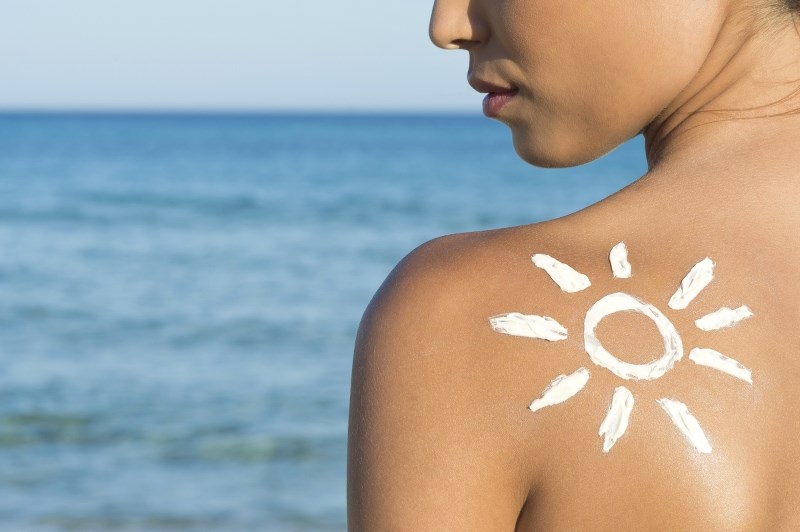Between the Calgary Stampede, summer vacations, trips to the Chinook Winds Spray Park and the plethora of other outdoor activities available in Airdrie and area, a lot of residents will enjoy the summer months in the sun.
We’ve all heard the importance of protecting our skin, but despite repeated warnings, there are still misconceptions about sun damage.
Many people have experienced the stinging, peeling, redness that follows too much sun exposure. It’s obvious you’ve spent too much time in the sun when you’ve earned yourself a red nose or a farmers tan, but according to Polaris Travel Clinic and Pharmacy pharmacist Jason Kmet, not all sun damage shows up as an angry red burn.
“Anytime you have exposure to the sun, even if it’s not a burn, if it’s a tan, there is some damage being done to your skin,” he said. “So it’s not as simple as saying that a sun tan is totally fine and totally safe…there’s still damage being done so you have to be conscious of that.”
According to the Canadian Cancer Society (CCS), there are three types of ultra violet (UV) rays: UVA rays – which penetrate the skin deeply and cause wrinkles and premature aging, UVB rays – which are the main source of sunburns and are nearly 1,000 times stronger than UVA, and UV C rays that get filtered out by the atmosphere.
According to CCS, UV rays can easily penetrate through clouds, fog and haze, which means sun protection factor (SPF) is important even during the current overcast weather Airdrie is experiencing.
“The UV index can still be pretty high, even on a cloudy day,” Kmet said. “It’s a little bit counter intuitive. You think when it’s cloudy it’s not a big deal, but you can definitely get a sun burn on a cloudy day.”
Another mistake people make with sunscreen is applying it only once a day. According to CCS, those who work, play or exercise in the sun for long periods of time are at a higher risk for skin cancer.
Kmet said residents need to regularly reapply sunscreen, especially if they’re being active or going in water.
“When you look at a container of sunscreen, you always have to keep in mind that when it suggests a length of time its good for, that’s under ideal conditions,” he said.
“You should be looking at reapplying very regularly, within every couple few hours. Definitely after you’ve been doing some strenuous activities where you’ve been sweating a lot or you’ve been at the beach or going in the lake, you definitely need to reapply then.”
Kmet advises buying sunscreen with a minimum of sun protection factor (SPF) 30 for adults and SPF/60 for children.
“I think anything under that is insufficient,” he said, adding residents should be more careful in the peak sun hours in the morning and the afternoon.
“If you’re going to be outside for an extended period of time (sunscreen) is the smart thing to do,” Kmet said.



